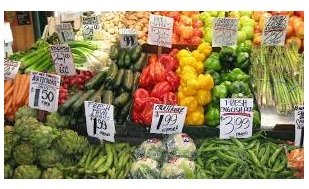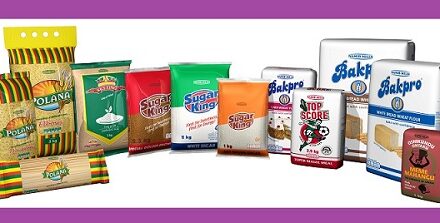
The main activity of agriculture is the production process where seeds have to be sown or seedlings planted, watered, and activities of weeding and fertilising are done until the crops are ready for harvesting.
But another most important activity is the process of marketing, because this is the process that brings in money and ensure that the business is successful and sustainable.
“In the case of crop farmers, there are a number of marketing channels for their produce in Namibia that are formally recognized,” says Mr Hanks Saisai, the technical advisor for crops and poultry at Agribank.
Saisai in his monthly information bulletin points out that for crop producers the first available marketing channels is to offer their cereal grains to local millers in their respective areas who usually process the grains into a staple powder that is used to prepare consumables such as pap, porridge, oshifima and others.
“This channel offers a reliable market; however, farmers get low prices due to oversupply of the produce,” he says.
The second marketing channel available to crop farmers is the informal market which is usually in the form of street vendors who procure produce directly from the farm gate.
“This market is reliable for farmers who are in close proximity to urban areas and usually farmers do not incur any transport costs as the buyer collects the produce from the farm.
“Additionally, the farmer is always a price setter in this marketing channel. However, a major disadvantage of this marketing channel is that not all produce will be sold by the farmer and may result in wastage if the produce is not bought on time.”
Saisai says that crop farmers also have the option to sell to wholesalers and retailers, although these are highly sophisticated marketing channels with numerous terms and conditions that a farmer must adhere to.
“These marketing channels offer competitive prices, and all the farmer’s produce can be purchased provided that it meets food safety, grading and sorting standards.
“Farmers may be offered a formal supply agreement that may be valid for 2 to 3 years, and this agreement will outline the quantity that must be delivered on a weekly or monthly basis for each respective commodity.
“For example, a farmer may be contracted to supply 10 000 kg of tomatoes monthly to enable wholesalers or retailers distribute to their respective outlets. This being the most reliable and most sought-after market for horticultural products always requires farmers to have well planned production schedules in order for them to meet the demand patterns of markets.
“The biggest challenge with this marketing channel is that famers find it hard to keep up with demand patterns and hence become viewed as a supply risk by wholesalers and retailers who opt to import produce from advanced agricultural setups such as South Africa,” Saisai points out.
Success in most farming businesses relies on marketing channels available to farmers. Hence, farmers are always urged to study markets and analyze paradigm shifts in the sector.
Additionally, Saisai says, before deciding which marketing channel to focus on, farmers are advised to carefully study and understand each channel’s advantages and disadvantages for them to make informed decisions.
In the photo: A market of various horticulture produce (image by growingproduce.com).






